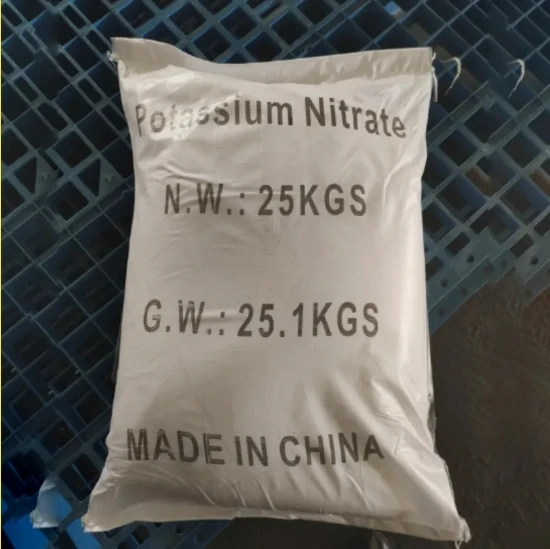
cyanide to extract gold
The Use of Cyanide in Gold Extraction A Comprehensive Overview
The extraction of gold from ores has been a significant part of human history, driven by the precious metal's allure and value
. Among the various methods employed in gold extraction, the use of cyanide has become one of the most prominent techniques since its development in the late 19th century. This article explores the process of using cyanide to extract gold, along with its advantages, disadvantages, and the environmental concerns related to its use.Understanding the Cyanide Process
The cyanide process, also known as cyanidation, involves the treatment of gold ore with a cyanide solution. Gold is generally found in its native state within ore that contains other minerals. The key to the cyanidation process lies in the chemical reaction between gold and cyanide ions. When cyanide is introduced to the ore, gold forms a soluble complex with the cyanide ions, allowing it to be extracted from the solid material.
A common variation of this technique is the Heap Leaching method, which involves piling ore onto a leach pad and applying a diluted cyanide solution. The cyanide percolates through the pile, dissolving the gold as it moves down. After a predetermined period, the gold-laden solution is collected, and the gold is extracted from the solution, commonly through electrolysis or precipitation with zinc dust.
Advantages of Using Cyanide
The primary advantage of using cyanide for gold extraction is its effectiveness. The cyanidation process can extract over 90% of available gold from ores, making it a highly efficient method. Additionally, the process is relatively simple and cost-effective, allowing mining companies to harness gold from low-grade ores that would otherwise be unfeasible to process.
Moreover, the process has been optimized over the years, leading to improvements in recovery rates and reductions in overall costs. The ability to extract gold from finely crushed ore means that even small concentrations of gold can still be profitably recovered.
cyanide to extract gold

Disadvantages and Risks
Despite its effectiveness, the use of cyanide in gold extraction is not without its drawbacks. One of the most significant concerns is the toxicity of cyanide itself. Cyanide is lethal in small quantities and poses a serious risk to human health and the environment. Accidental spills and leaks can result in catastrophic consequences for local ecosystems and communities.
Furthermore, proper management and containment measures are critical to preventing cyanide from leaching into groundwater or surface water sources. This has led to increased scrutiny and regulatory measures surrounding cyanide use in mining operations.
Environmental Concerns
The environmental implications of cyanide use cannot be overstated. The potential for pollution and the impact on local wildlife necessitate stringent regulations. Many countries have instituted bans on the use of cyanide in mining, while others have implemented strict guidelines to minimize risks.
The mining industry is actively seeking alternative methods for gold extraction that mitigate these environmental concerns. Research into bioleaching, for instance, explores the use of bacteria to extract gold from ores, offering a more eco-friendly alternative. As technology advances, the industry hopes to reduce its reliance on cyanide while still achieving high recovery rates.
Conclusion
Cyanide remains a prominent method for gold extraction owing to its efficiency and cost-effectiveness. However, the associated health risks and environmental concerns highlight the need for responsible management and continued exploration of alternative methods. The balance between economic gain and environmental stewardship is a critical challenge that the gold mining industry must address in the coming years. As the world moves towards more sustainable practices, the mining sector must adapt to ensure that the extraction of precious metals like gold does not come at the cost of our planet's health.
-
Pure Sodium Dichloroisocyanurate Dihydrate | Powerful DisinfectantNewsAug.29,2025
-
Industrial Chemicals: Quality & Purity for Every IndustryNewsAug.28,2025
-
Nitrile Rubber Honoring Strict Production StandardsNewsAug.22,2025
-
Aspartame Ingredients Honoring Food Safety ValuesNewsAug.22,2025
-
Fertilizer for Balanced Plant NutritionNewsAug.22,2025
-
Cyanide Gold Processing with High Purity AdditivesNewsAug.22,2025
-
Formic Acid in Textile Dyeing ApplicationsNewsAug.22,2025
Hebei Tenger Chemical Technology Co., Ltd. focuses on the chemical industry and is committed to the export service of chemical raw materials.
-

view more DiethanolisopropanolamineIn the ever-growing field of chemical solutions, diethanolisopropanolamine (DEIPA) stands out as a versatile and important compound. Due to its unique chemical structure and properties, DEIPA is of interest to various industries including construction, personal care, and agriculture. -

view more TriisopropanolamineTriisopropanolamine (TIPA) alkanol amine substance, is a kind of alcohol amine compound with amino and alcohol hydroxyl, and because of its molecules contains both amino and hydroxyl. -

view more Tetramethyl Thiuram DisulfideTetramethyl thiuram disulfide, also known as TMTD, is a white to light-yellow powder with a distinct sulfur-like odor. It is soluble in organic solvents such as benzene, acetone, and ethyl acetate, making it highly versatile for use in different formulations. TMTD is known for its excellent vulcanization acceleration properties, which makes it a key ingredient in the production of rubber products. Additionally, it acts as an effective fungicide and bactericide, making it valuable in agricultural applications. Its high purity and stability ensure consistent performance, making it a preferred choice for manufacturers across various industries.





